Bone fractures, regeneration and healing; growth plates (epiphysis); length discrepancy and bone deformity; the role of the orthopaedic surgeon


Bone fractures, regeneration and healing; growth plates (epiphysis); length discrepancy and bone deformity; the role of the orthopaedic surgeon

The basic of the human skeleton, its main functions and skeletal development.
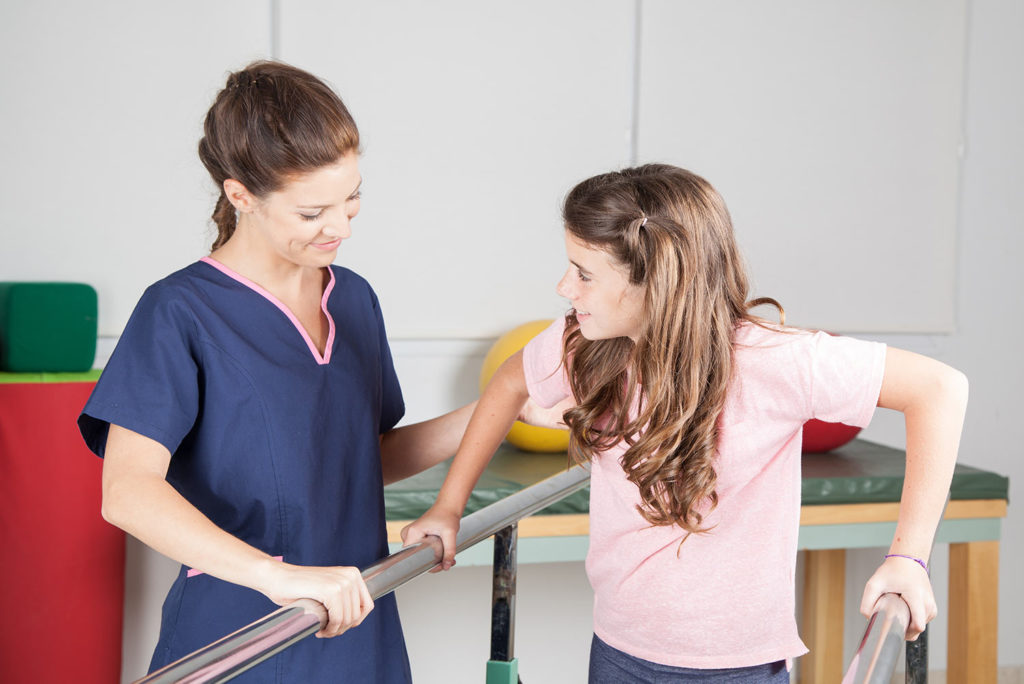
During your treatment, there may be a few things that you can’t do, but you will find out soon that your orthopedic fixation device doesn’t interfere too much with your normal life. Your orthopedic surgeon will explain the schedule for adjustments, how to clean the pin sites, and will plan some visits to check how it’s going. Your doctor will give some instructions regarding weight bearing and mobility. At the beginning, you may need a wheelchair and/or crutches. Your physiotherapist will tell you how to use them. As soon as your fixation device is no longer needed, it will be removed easily, probably in an out-patient setting.
Try to live your daily life as always: see friends, get out, do things you enjoy – this is very important for your treatment and successful recovery. It may be useful to plan ahead when visiting places, finding out, for instance, where the disabled access is, if toilets are accessible, and look for transports to get you there and back. A few things may only be more challenging with a fixator, some others are simply not allowed for your safety.
What is not recommended to do with a fixation device?
Driving a car. No driving is allowed until you can fully bear weight and you are relatively pain free. If your external fixator is on an upper limb, no driving is allowed if the external fixator bridges the wrist and/or you have a poor grip strength in either hand. Please ask your orthopedic surgeon and care team and discuss the possibility of driving with your insurance company.
Having sex without covering the fixation device. Your fixator frame should not stop you having normal relationships. You could cover the frame with a soft cloth to protect your partner’s skin.
Carrying items. It can be useful to use a cross body bag or a rucksack for carrying a bottle or other items. Some people attach a shopping bag onto walking frame handles.
Tight-fitting clothes. You may need to buy clothing a few sizes bigger than usual, choosing nice looking track pants with buttons and zips. Girls could also wear long, fashionable skirts. For ankle frames, there are special boots that are adjusted to fit the frame allowing for comfortable walking.
After surgery you will have limited motion and you won’t be allowed to bear weight for a certain number of days or weeks, according to your orthopedic surgeon and care team instructions. Nevertheless, nowadays teen patients tend to quickly return to independence and sports activities.
Here are some tips for your recovery:
Physiotherapy. Refer to your physiotherapist’s instructions regarding the quantity of physical activity and the type of exercises you should perform on a regular basis. Following his/her instructions is extremely important to ensure you get the maximum benefits of surgery and external fixation.
Swimming and hydrotherapy. Swimming in public pools, in the sea/ocean or in rivers should be avoided as any dirt or sand could increase the risk of infection. Hydrotherapy is fine as long as all your pin-sites are clean and healthy.
Stretching and strengthening exercises will ensure you can move the way you want to after the fixation device comes off and leaves you with improved energy.
Keep active. Go to the movies, eat out, attend your favorite sport matches and visit with family and friends. At the beginning, you may feel uncomfortable with people looking at your external fixator but try not to let it bother you and remember why you are doing this.
You should return to school as soon as possible once you are mobile, according to your surgeon and care team instructions. Show people – neighbors, friends, schoolmates and teachers – your orthopedic external fixator and explain to them how it works and why it is there. You could prepare your return to school by meeting your teachers in advance, sharing your feelings and concerns and telling them your special needs.
Talk to your parents and friends about your feelings and worries. Do not hide or ignore them. You should ask your orthopedic surgeon any question you have regarding your fixation device, your healing process and your future. Check with your surgeon and your care team to see if a psychological service is available in the hospital and seek for counselling if you feel the need for it.

Using technology at night has been proven to affect people’s ability to fall asleep. By limiting the use of your gadgets at night, you can fall asleep faster and get a better quality sleep.
Here are some tips that should make it easier to reduce your technology use before bedtime and improve sleep quality:
Try these tips and you will see your sleep quality improve!
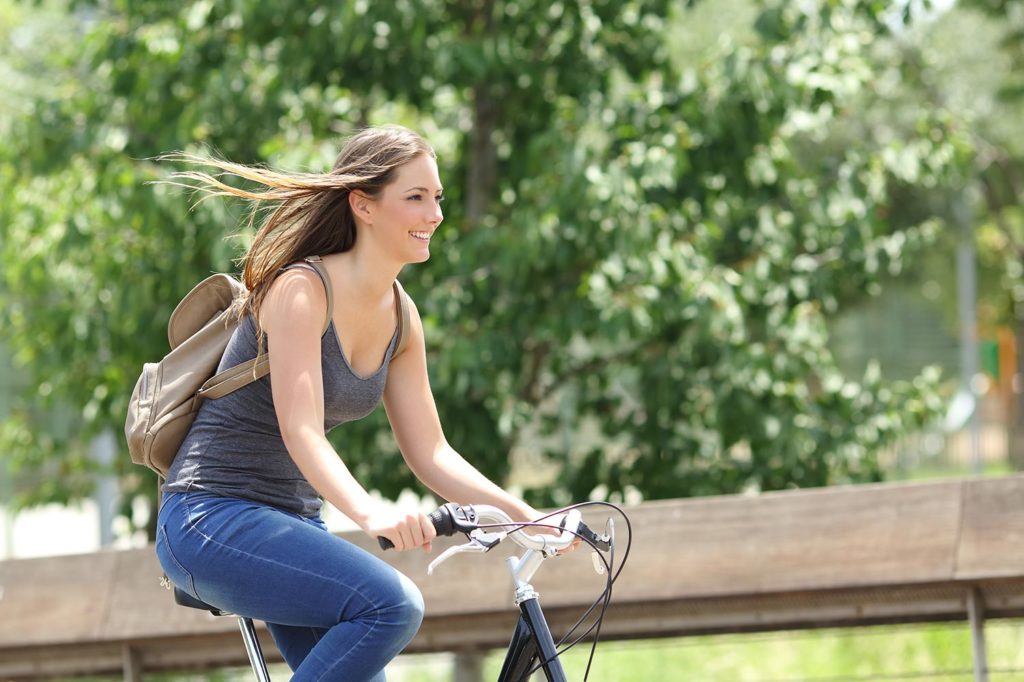
Maintaining a healthy weight requires regular exercise and good eating habits. The key to working these into our lives is by making small changes that gradually become part of our routine.
After orthopedic surgery, your range of motion and ability to weight bare will be limited. It is important that you follow your orthopedic surgeon’s instructions during this critical period.
Following your doctor’s instructions is extremely important to ensure you get the maximum benefits of orthopedic surgery and external fixation. Eventually you should be able to add exercise to your routine. To maintain a healthy weight, follow these simple tips:
60 minutes or more of physical activity a day is recommended to maintain a healthy weight. There is no need to do complicated exercises or overthink it; the goal is just to keep your body moving. Practicing flexibility, strength and light cardio should be more than enough.
60 minutes out of your busy day may seem like a lot, but think about it in simple terms: try getting up 15 minutes earlier to do some yoga or other stretching activities. Walk to school or jog for 15 minutes at lunch. Do the same thing after school, or walk or cycle home. Add in taking the stairs, fitness classes, walking between classes during the day, and you’ve probably reached your 60 minute target to maintaining a healthy weight without really stepping out of your routine.
Here are some tips to get 60 minutes of exercise a day:
Eating healthy doesn’t have to be boring and you don’t have to be on a strict diet to lose or maintain a healthy weight. Diets aren’t sustainable, but eating good food in moderation as part of a healthy lifestyle is. The best way to maintain healthy weight (or lose weight when needed) is to make healthy food choices daily and incorporate them as part of a long-term routine.
Here are some tips for daily healthy eating:

It can be extremely hard to quit smoking and it takes daily commitment. Nicotine is a powerfully addictive drug. It takes about one month for the nicotine cravings to subside, but with the right help and information you can quit. Reprogramming your brain takes time. You’ll need patience and willpower. It’s best to take it one day at a time.
Remind yourself of these reasons to quit smoking:
– you will feel healthier and less out of breath;
– your skin will look healthier;
– you will save a lot of money;
– smoking prolongs bone, fracture and wound healing times.
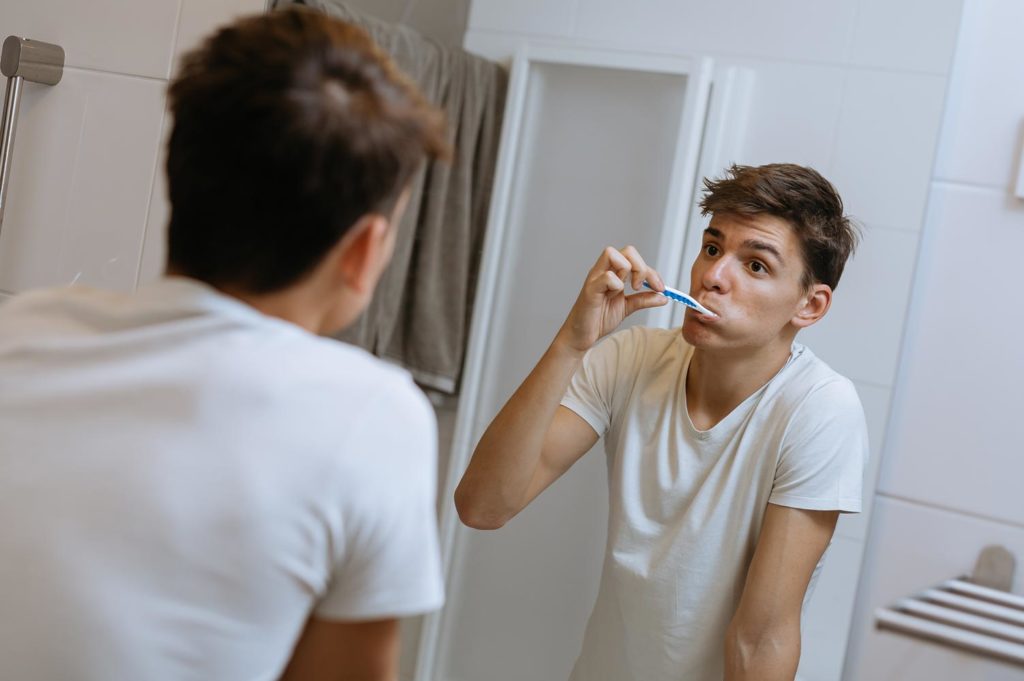
Puberty causes changes in your body. Every day it seems you have new hair growing in different places. At times, you seem to sweat for no reason, and you may notice there are odors where you never had them before. These changes are a normal part of becoming an adult, but some of them can be a real source of anxiety. What should you do about it in order to stay hygienic?
Oily/Greasy hair treatment. Each strand of hair has its own oil (sebaceous) gland, which keeps the hair shiny. During puberty, the sebaceous glands produce extra oil, which can cause hair to look very greasy. Washing your hair at least every other day with specially formulated shampoo can help control any oil, but be careful not to scrub your scalp too hard – this doesn’t get rid of oil any better and can irritate your scalp. Be careful not to use any styling products that will add extra grease to your hair.
Sweat and body odor in puberty. Perspiration, or sweat, comes from sweat glands that you’ve always had in your body. Thanks to puberty, these glands become more active than before; they also begin to release different chemicals into the sweat that has a stronger odor. You might notice this odor in your armpits. Your feet and genitals might also have new smells.
Here are tips for good hygiene:
Body hair growth. Discovering hair in new places is perfectly normal during puberty. You may want to start shaving some places where body hair grows, but whether you do is entirely up to you. You can use a traditional razor with a shaving cream or gel to protect sensitive skin, or you can use an electric razor. Wherever you shave, do it slowly, take your time and change razors often to avoid nicks. Your parents or an older sibling can be very helpful when you’re learning how to shave, so don’t be afraid to ask for help or do research. In the rare case where excessive body hair growth is enough to cause anxiety (e.g.hirsutism), a dermatologist or skin specialist can use permanent removal techniques such as electrolysis or laser removal.
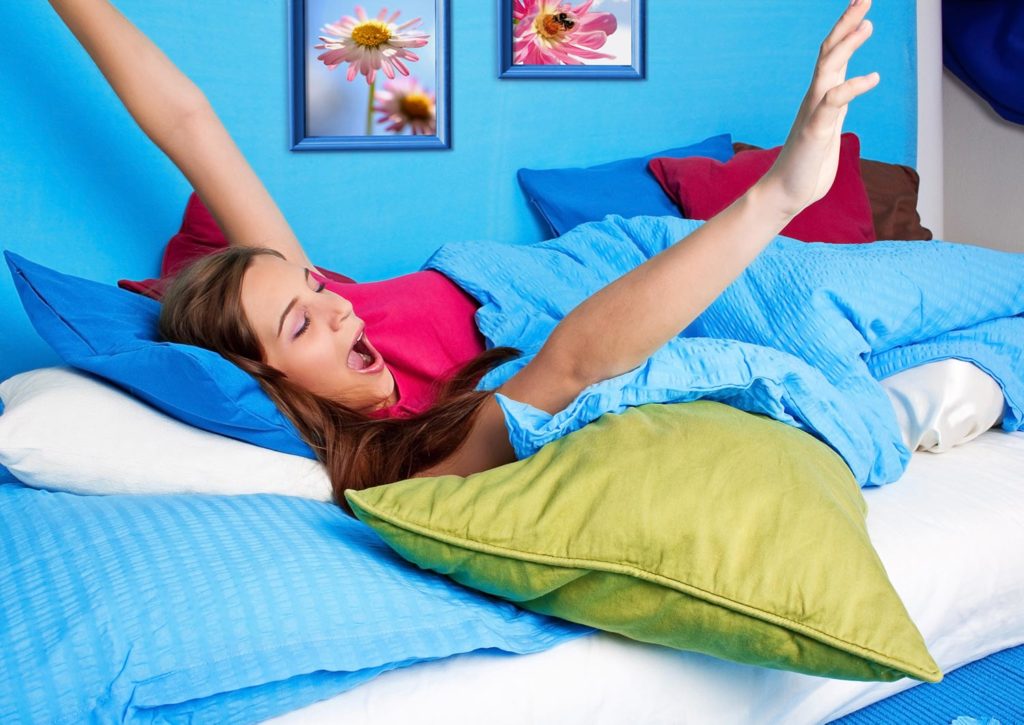
Sleep is important for both your brain and your body. It is during sleep that your body spends its time healing, but many teens struggle with getting the 8-10 hours of sleep each night as recommended.
Sleep affects how well you can focus at school, your emotions, your health and your weight. Although there are medical treatments for serious sleep issues, there are things you can do at home to help improve your sleep quality. Below are a few tips on how to get better quality sleep:
Be more active – Whether it be walking to and from school or playing a sport during your lunch break, try to get around 60 minutes of physical exercise a day. This will help decrease stress and relax your body and mind.
Avoid alcohol and drugs – As well as being proven to increase anxiety in some people, alcohol and drugs disrupt your sleep pattern, increase your chances of waking up in the middle of the night and make it harder to get back to sleep.
Social media shutdown – Switching off all your electronic devices or just not using them an hour before going to bed will help your brain relax before it’s time to sleep.
Create a sleep routine – Turn off electronic devices, shower or take a bath, brush your teeth, read for 30 minutes or write in your diary. Anything that helps you wind down before bed is helpful.
Expect a good night’s sleep – Stress triggers insomnia, so the more you worry about not sleeping, the greater the risk you’ll lie awake. It can also help to practice breathing exercises before bed to feel more relaxed.
These are excellent solutions to improve sleep quality. Try it yourself!
Nightmares. Nightmares are normal and happen to everyone, but frequent nightmares can disrupt sleep by waking someone during the night. The most common triggers for nightmares are stress or anxiety, but also things such as certain medicines, and consuming drugs or alcohol. Sleep deprivation can also lead to nightmares, so it’s important to give yourself at least the recommended 8 hours of sleep per night.
Narcolepsy. Narcolepsy is troublesome because people fall asleep without any kind of warning, making it hazardous to do things like drive. School, work and social life can be affected by unusual sleep patterns. Narcolepsy isn’t commonly diagnosed in teens, but many cases go unrecognized. People have symptoms between the ages of 10 and 25, but may not be properly diagnosed until 10-15 years later. Narcolepsy can be treated with medication and lifestyle changes. If you find yourself having hallucinations, feeling overly sleepy during the day and/or having memory problems, then it’s best you tell your parents of your concerns.
Obstructive Sleep Apnea. A person with obstructive sleep apnea temporarily stops breathing during sleep because their airway becomes narrowed or blocked. The most common cause of obstructive sleep apnea in a teenager is enlarged tonsils or adenoids (tissues located in the passage that connect the nose and throat). Being overweight or obese can also put you at risk. People with this disorder may snore, have difficulty breathing, and sweat during sleep. People who show signs of obstructive sleep apnea should talk to their doctor.
PLMD and RLS. People with periodic limb movement disorder (PLMD) or restless legs syndrome (RLS) find that involuntary leg or arm movements disrupt their sleep, leaving them tired and irritable from lack of sleep. PLMD includes involuntary twitches or jerks: they’re called involuntary because the person isn’t knowingly causing it and is often unaware of the movement. RLS is an actual physical sensation in the limbs, such as tingling, itching, cramping, or burning. The only way they can relieve these feelings is by moving their legs or arms to get rid of the discomfort.
Reflux. In gastroesophageal reflux disease (GERD), stomach acid moves backward up into the esophagus, producing a burning sensation we know as heartburn. GERD symptoms can be worse when lying down.
Sleepwalking. Sleepwalking in teenagers tends to happen when a teenager is sick, has a fever, is not getting enough sleep, or is feeling stressed. It’s not usually a serious problem. Sleepwalkers tend to go back to bed on their own and don’t usually remember sleepwalking. Sometimes sleepwalker will need help moving around obstacles and getting back to bed. Waking sleepwalkers can startle them (but it isn’t harmful), so try to guide a sleepwalker back to bed gently.
While you’re asleep, your brain is still active. As we sleep, our brains pass through five stages. Stages 1, 2, 3, 4 and REM (rapid eye movement) sleep make up a sleep cycle. One complete sleep cycle lasts about 90 to 100 minutes. During an average night’s sleep, a person will experience about four or five sleep cycles.
Stages 1 and 2 are periods of light sleep where it’s possible to wake up easily: eye movement slows down and eventually stops, your heart and breathing rate also slow down, and body temperature decreases.
Stages 3 and 4 are deep sleep stages: it’s more difficult to wake up, and if awakened a person will often feel groggy and confused. They are the most refreshing of the sleep stages – it’s this type of sleep that we crave when we are very tired.
The final stage of the sleep cycle is called REM sleep because of the rapid eye movements that occur during this stage. During REM sleep, other changes take place – breathing becomes rapid, the heart beats faster, and the limb muscles don’t move.
Studies have found that teens’ brains are more active later in the evening, which is why so many find it hard to sleep earlier in the evening. During adolescence, the body’s circadian rhythm (the internal biological clock) is reset, telling a teen to fall asleep later at night and wake up later in the morning. This change in the circadian rhythm seems to happen because a teen’s brain makes the hormone melatonin later at night than the brains of kids and adults. Because a teenager’s melatonin is made later at night, teens have a harder time falling asleep earlier in the night. Sometimes the delay in the sleep-wake cycle is so severe that it can affect daily activities, and it’s called delayed sleep phase syndrome or ‘night owl’ syndrome. Teens can suffer from insomnia from time to time. The most common causes of sleep problems are stress and a poor sleeping environment where the bedroom is too cold, hot or noisy. Poor diet and exercise can also be contributing factors.
Chronic insomnia is insomnia that lasts longer than a month, and can be caused by other different issues, including medical conditions, mental-health problems, side effects of medication or substance abuse. Worrying about the insomnia can make it worse. A brief period of insomnia can build into something that lasts longer when a person becomes anxious about not sleeping or worried about feeling tired the next day. Doctors call this psychophysiologic insomnia.
If you regularly have sleep problems, talk to your parents and see your doctor to find the best solution for your issue. You may need to visit your doctor if you think you are getting enough rest at night, but you still feel tired during the day.
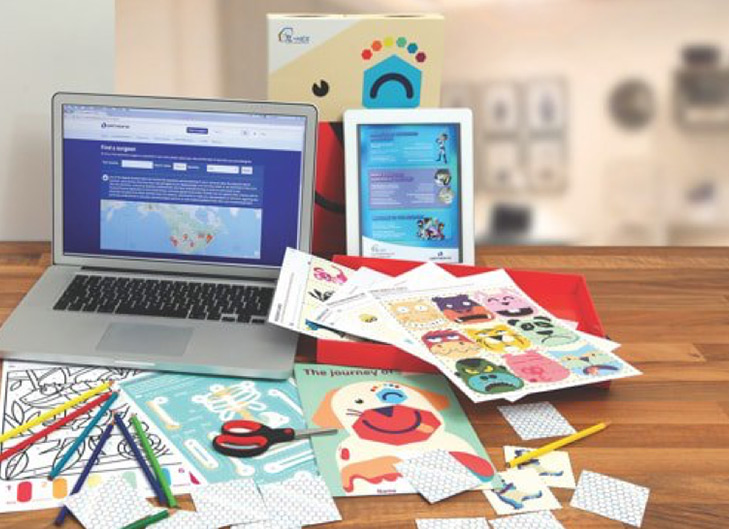
The decision to have surgery is a big one for a child. Our goal is to provide tools – apps, comic strips, kids box with games and coloring books – to amuse and entertain your kid, particularly in the early post-operative phase, when he/she is not allowed to walk yet. We know it is very important for children to stay active and be positive when in the hospital and back home after hospital discharge. Our “Kids box” also has an educational goal: while playing and having fun, your child will understand something more about the orthopedic fixator applied on his/her limb. Kids will learn how to live with the fixation device and how to take care of it. They discover which kind of movement is suggested and what is better to do for their health and faster healing. While relaxing, the youngest children will learn how the human body works, what a bone is made of and how to feel comfortable with their new medical device. They will also learn how to communicate when they feel stressed or uneasy.
This game is designed to keep your child busy when not allowed to walk.
Cut out the cards and start to play.
Players: 1 or 2.
Goal: Collect the most matching pairs.
1. Shuffle the cards.
2. Lay out all the cards face down in rows, on the table or floor.
3. Decide who will go first.
4. The first player chooses a card and turns it over. If the two cards are a matching pair, then the player takes the two cards and starts a stack. The player is awarded another turn for making a match and goes again. If the cards are not a match, they are turned back over and it is now the next players turn.
5. The game continues in this way until all the cards are played. The player with the most matching pairs is the winner.
Memory Game Download link:
Download
Use this game to teach your child the name of the bones and the functions of the different body parts.
Cut out along the dotted lines. Glue or staple or use paper fasteners to put the skeleton back together.
Alternatively, you can use it as a competition game, to keep your child busy. If you have a board game at home with dice, use the dice to play the skeleton game.
1. Make several copies of this sheet.
2. Cut out the pieces and place them in the middle of the table.
3. Decide who will go first.
4. The first player rolls and then play continues clockwise:
a. For a 6, take a skull.
b. For a 5, take a body.
c. For a 4, take a humerus or a forearm.
d. For a 3, take a femur or a tibia.
e. For a 2, take a hand.
f. For a 1, take a foot.
5. First player to complete the skeleton is the winner.
Your Dancing Skeleton Download link:
Download
Describe to your child how the limb will change after the treatment and what he or she will be able to do differently.
Draw and color the missing part of the body and the background scenery.
Complete the picture Download link:
Download
Use this picture to check out with your child what is needed for the daily pin-site care.
Circle the items that are not useful in cleaning the fixator of the baby raccoon.
Which one doesn’t belong? Download link:
Download
Use this set of cards as a simple puzzle of facial expressions. Teach your child to label and communicate emotions and feelings.
Cut out along the dotted lines. Piece together the cards to put the face back together. How does the animal feel?
How Does It Feel? Download link:
Download
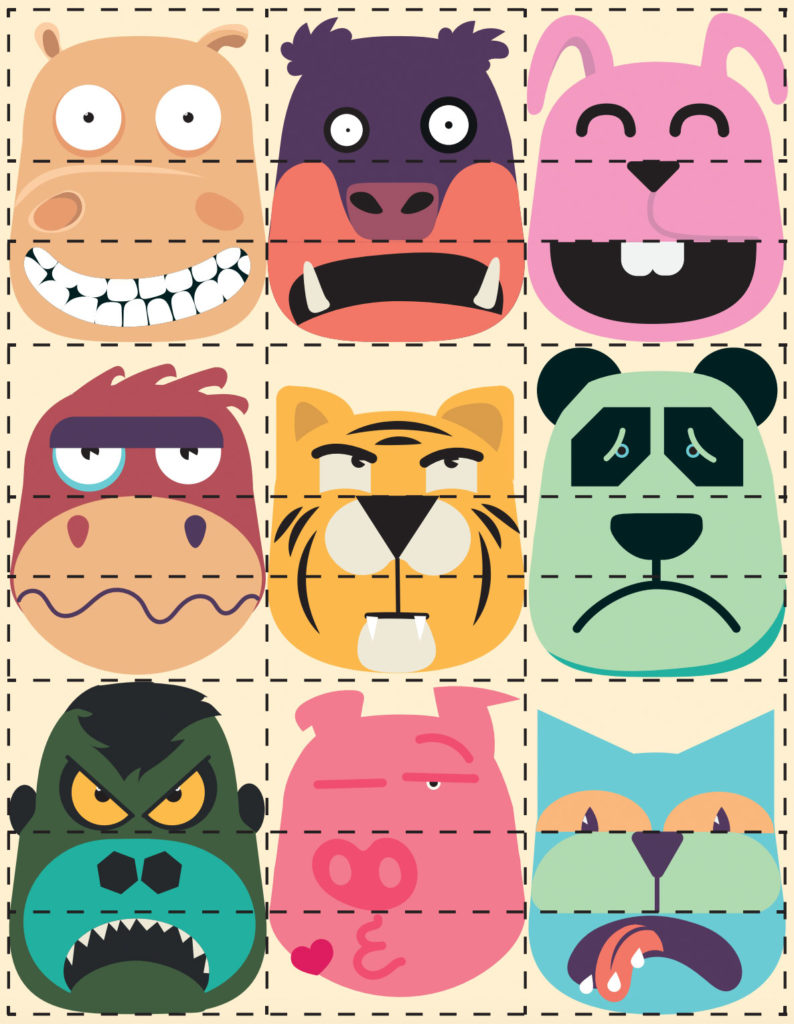
Use this set of cards as a simple puzzle of facial expressions. Teach your child to label and communicate emotions and feelings.
Cut out along the dotted lines. Piece together the cards to put the face back together. How does the animal feel?
How Does It Feel? Download link:
Download

Describe to your child how the limb will change after the treatment and what he or she will be able to do differently.
Draw and color the missing part of the body and the background scenery.
Complete the picture Download link:
Download
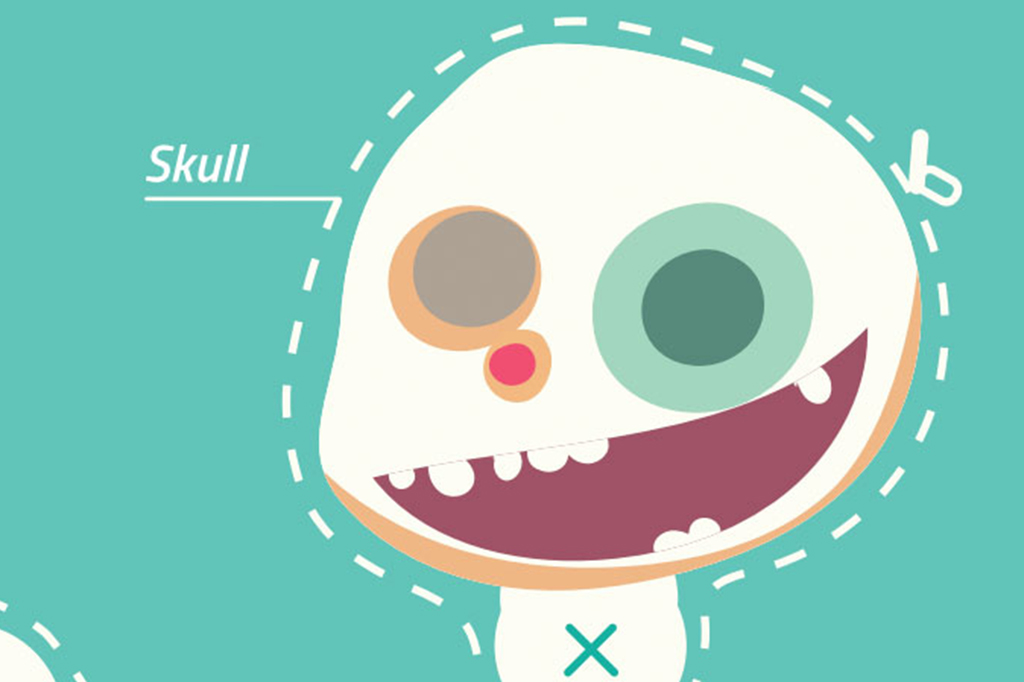
Use this game to teach your child the name of the bones and the functions of the different body parts.
Cut out along the dotted lines. Glue or staple or use paper fasteners to put the skeleton back together.
Alternatively, you can use it as a competition game, to keep your child busy. If you have a board game at home with dice, use the dice to play the skeleton game.
1. Make several copies of this sheet.
2. Cut out the pieces and place them in the middle of the table.
3. Decide who will go first.
4. The first player rolls and then play continues clockwise:
a. For a 6, take a skull.
b. For a 5, take a body.
c. For a 4, take a humerus or a forearm.
d. For a 3, take a femur or a tibia.
e. For a 2, take a hand.
f. For a 1, take a foot.
5. First player to complete the skeleton is the winner.
Your Dancing Skeleton Download link:
Download

This game is designed to keep your child busy when not allowed to walk.
Cut out the cards and start to play.
Players: 1 or 2.
Goal: Collect the most matching pairs.
1. Shuffle the cards.
2. Lay out all the cards face down in rows, on the table or floor.
3. Decide who will go first.
4. The first player chooses a card and turns it over. If the two cards are a matching pair, then the player takes the two cards and starts a stack. The player is awarded another turn for making a match and goes again. If the cards are not a match, they are turned back over and it is now the next players turn.
5. The game continues in this way until all the cards are played. The player with the most matching pairs is the winner.
Memory Game Download link:
Download